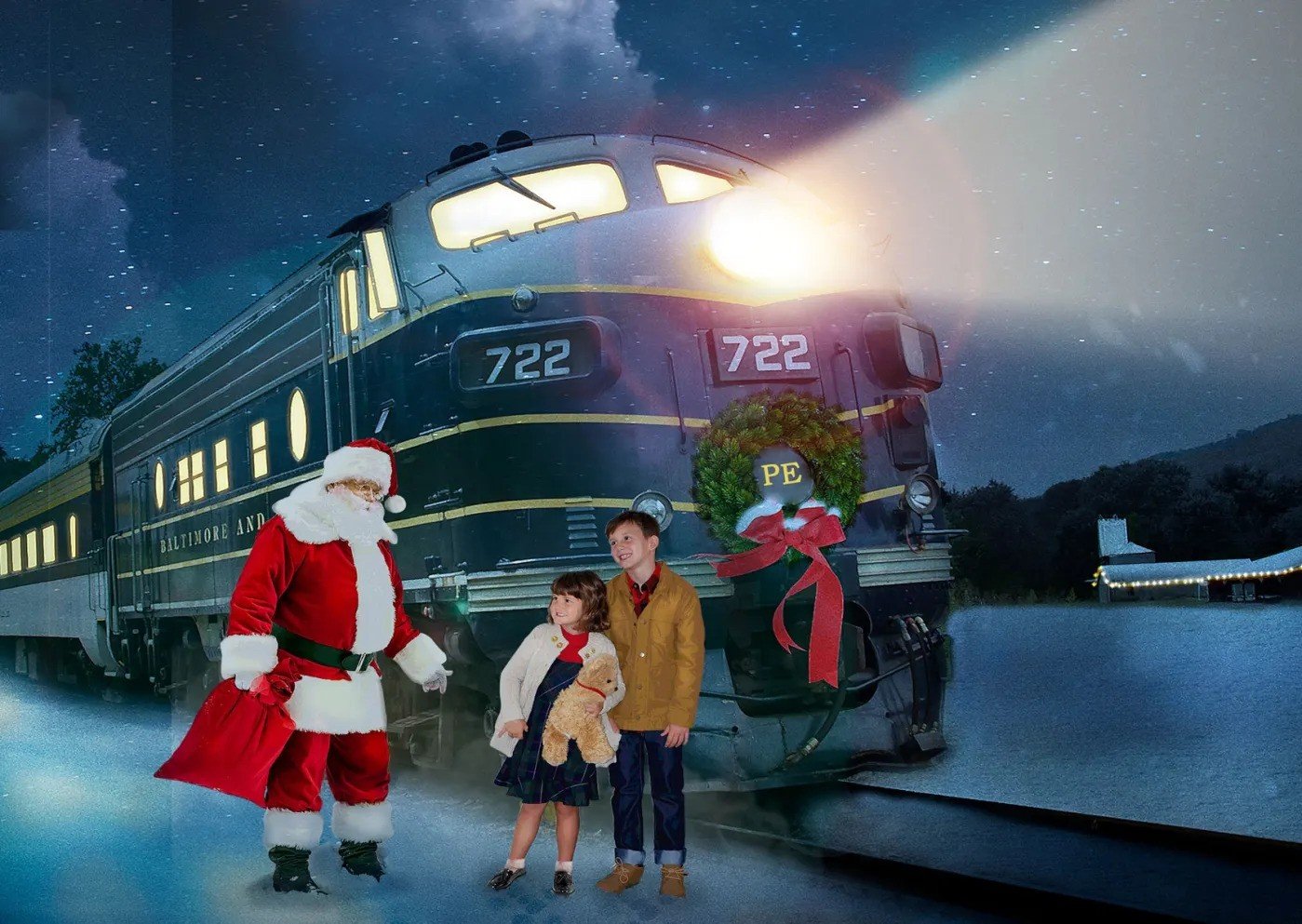Introduction
The Polar Express is a story that feels like a familiar song simple in its melody yet rich in memory and emotion. First published as a picture book in 1985 by Chris Van Allsburg, it follows a young boy’s overnight train journey to the North Pole, a trip that becomes both a literal adventure and a quiet rite of passage. The tale blends wonder and skepticism, using cinematic imagery and spare, evocative prose to invite readers of all ages into a world where belief is tested, earned, and sometimes quietly reclaimed. For parents, educators, and holiday programmers, the book and its film adaptation offer more than seasonal entertainment: they provide talking points about childhood, faith, and the bridges between imagination and reality. This introduction sets the tone: we’ll look at what the story says, how it reaches audiences, and why it still matters decades after it first chugged onto the page.
The story and its enduring magic
At its heart, The Polar Express is a deceptively straightforward narrative: a boy boards a magical train on Christmas Eve and travels to the North Pole, meets Santa Claus, receives a single bell as a keepsake, and returns home changed. Yet the story’s enduring magic lies in how it treats that arc. Instead of flashy spectacle, the tale emphasizes quiet sensory detail the hissing of steam, the clatter of wheels, the silver taste of snow and the intimate interior life of a child on the brink of losing something precious: unquestioning belief. The bell, barely audible to those who have stopped believing, becomes a humane symbol of memory’s tenuousness and the small things that tether us to wonder. Because the story doesn’t lecture, it invites readers to inhabit its uncertainty; adults recall their own childhoods, while children can find a mirror for their doubts and hopes. That layered simplicity explains why the book functions as both bedtime story and cultural touchstone.
Themes, symbols, and emotional resonance
Beyond plot, The Polar Express is rich with themes that resonate across ages: the transition from childhood innocence to mature appreciation; the role of ritual and storytelling in forming family memory; and the idea that belief is not binary but relational. Symbolically, the train represents passage not just physical movement but emotional development while the North Pole functions as both destination and moral test. The bell is a classic literary token: small, personal, and brimming with meaning, it rings differently for each character depending on their willingness to hold on to wonder. The story’s emotional resonance comes from its restraint; it never tells us what to believe, only shows the effects of choice. Parents and readers often report that the book prompts conversations about faith (broadly defined), nostalgia, and the social rituals that shape holiday experience. These layered elements make the tale useful in classrooms, homes, and community performances where adults and children negotiate meaning together.
Adaptations, cultural impact, and why it lasts
The 2004 film adaptation brought The Polar Express to a new generation, translating Van Allsburg’s illustrations into motion using performance-capture technology and expansive, orchestral soundscapes. While debates about the film’s visual style and pacing persist, adaptations have undeniably broadened the story’s reach, generating seasonal screenings, stage versions, and merchandise that embed the tale into family holiday traditions. Beyond commercial impact, the book and movie have contributed to a cultural script about how we celebrate belief: quiet rituals (a single bell), shared experiences (a family viewing), and public performances (school plays) weave the story into social practice. Its durability also owes to flexibility the tale is concise enough to be retold in multiple formats yet rich enough to support interpretive layers. Because it treats both skepticism and wonder respectfully, The Polar Express remains useful to diverse audiences: secular families who appreciate ritual, religious families who value the moral lessons, and educators who use it to discuss perspective, symbolism, and narrative voice.
Conclusion
The Polar Express endures because it trusts its readers. It offers no sermon, only a scenario in which a child makes a small, meaningful choice about belief and memory. The story’s tactile imagery, symbolic clarity, and emotional sobriety create a work that is easy to revisit and hard to outgrow. Whether encountered as a picture book on a child’s lap, as a film on a living-room screen, or as a school play under twinkling lights, the tale invites repeated conversation about what we pass down and why. Its single, resonant keepsake the bell is a reminder that some values are preserved not by force but by attention: the willingness to listen closely and to let small, everyday wonders register in the life of a person. For families, teachers, and lovers of holiday literature, the story functions as both a vessel of memory and a modest manifesto for holding wonder alive.
Frequently Asked Questions (FAQs)
Q: Who wrote The Polar Express and when was it published?
A: The Polar Express was written and illustrated by Chris Van Allsburg and first published in 1985. Van Allsburg is known for his evocative picture books that often blend everyday settings with elements of the uncanny.
Q: Is the story based on a true event or a real train?
A: No the story is a work of fiction. That said, its imagery draws on real-world trains and holiday folklore to create a feeling of authenticity, which helps readers suspend disbelief.
Q: Is the bell symbol important, and what does it represent?
A: Yes the bell functions as a compact but powerful symbol for belief, memory, and connection. Its ability to ring only for those who believe underscores the book’s central interest in perspective and emotional maturity.
Q: Should I read the book or watch the movie first with children?
A: Many readers recommend starting with the book to enjoy the original artwork and concise, imagistic storytelling; the movie can follow as a companion experience that expands the world visually.
